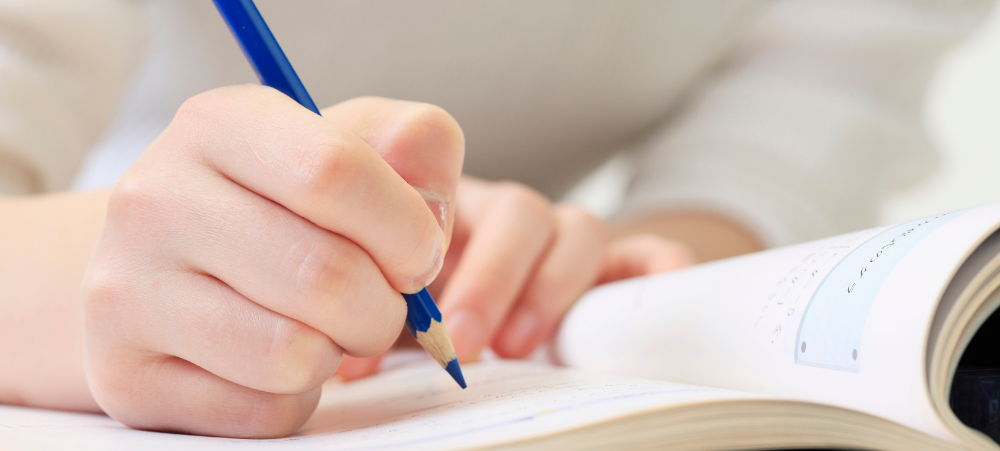The “Story Mountain” is a popular framework used to structure a story, often used in creative writing classes and workshops. Here are the basic elements of the story mountain:
Opening – This is the beginning of the story where you introduce the setting and characters and sets the tone of the story. As this is the beginning of the story, you’ll need to introduce your characters and explain when/where the story is taking place. This will give readers a better understanding of the journey.
Build-up – This is where the story starts to build tension as the main character faces obstacles and struggles to overcome them. Here you start to think about what’s happening and build up the main body of your story. You do this by adding detail to interest the reader, foreshadowing details that will lead to a greater conflict. The plot will always be engaging if you add a conflict or
Problem – This is the turning point of the story, where the tension reaches its peak and the character faces their biggest challenge.
Resolution – The resolution of a story is the point at which your character must solve or resolve the problem to reach their final goal. This is the most exciting aspect of the story, but make sure to keep your readers guessing.
Ending – The ending of the story is when the characters have resolved the problem, and everything has been resolved. Although it’s the end of the story, you can still be creative and add an unexpected twist that gives your story a unique ending that possibly hints at the next story.
To write a story using the story mountain framework, you can start by brainstorming ideas for each of these elements. Think about what kind of story you want to tell, what your main character will be like, and what challenges they will face. Here’s an example of how you might use the story mountain to write a short story:
Beginning: Little Red Riding Hood has a basket of food to give to her sick grandma, she walks through the woods toward her grandma’s house.
Build-up: Little Red Riding Hood meets the wolf. The wolf asks Little Red Riding Hood where she is going. He then rushes to her grandma’s house. He locks Grandma in the cupboard and pretends to be her.
Problem: Little Red Riding Hood finally arrives. He soon notices that the wolf is pretending to be her grandma. She screams for help.
Resolution: Just as the wolf is about to eat Little Red Riding Hood, the Woodcutter arrives and chases the wolf away. The wolf is arrested and taken to jail.
Ending: Little Red Riding Hood, Grandma, and the woodcutter live happily ever after.
Remember, the story mountain is just a framework – there’s no one right way to write a story. Use it as a tool to help you structure your ideas and create a cohesive narrative.
Kip McGrath offers personalised learning programmes for primary and secondary students in their core subjects. A free assessment helps to identify a child’s strengths and learnings gaps. Individualised lessons are planned and offered by qualified teachers tailored to address each child’s specific learning needs. The learning programme specialises in comprehension, reading, spelling in English and Afrikaans, as well as Maths.
- Teaching Study Skills: Whose Responsibility Is It Anyway? - October 23, 2024
- How do I help my child to study? - October 9, 2024
- How small-group tutoring can help your child - September 30, 2024





